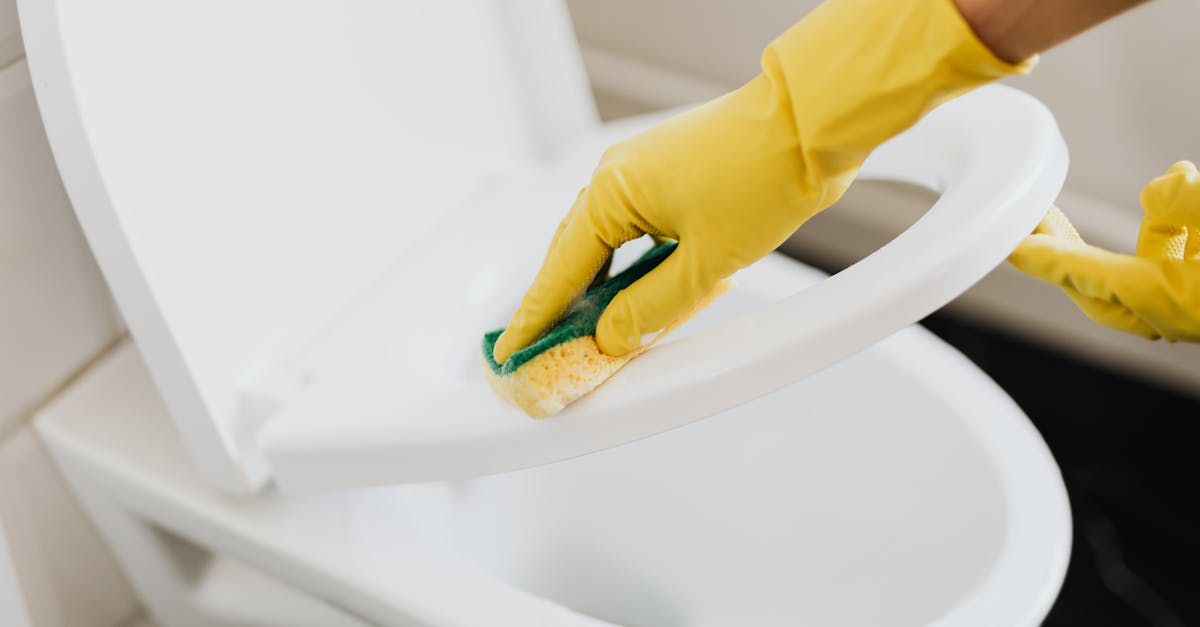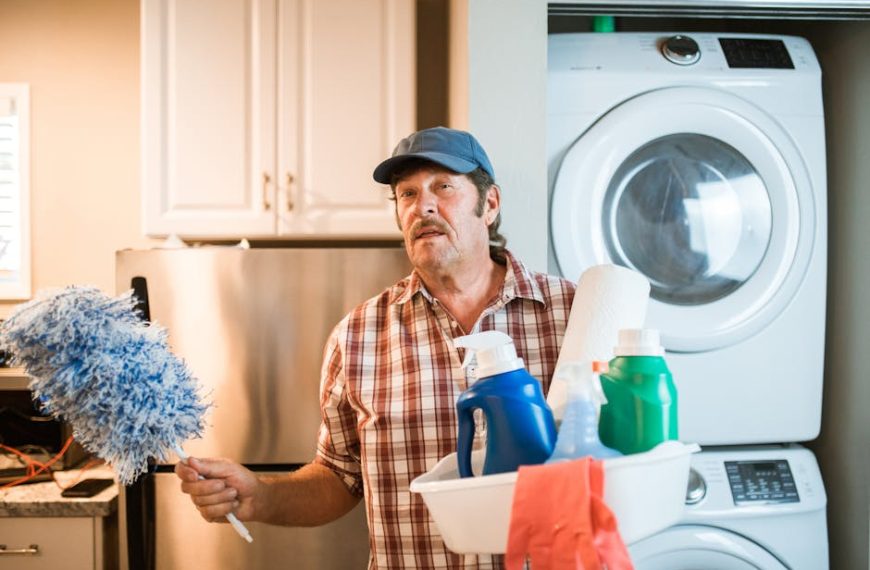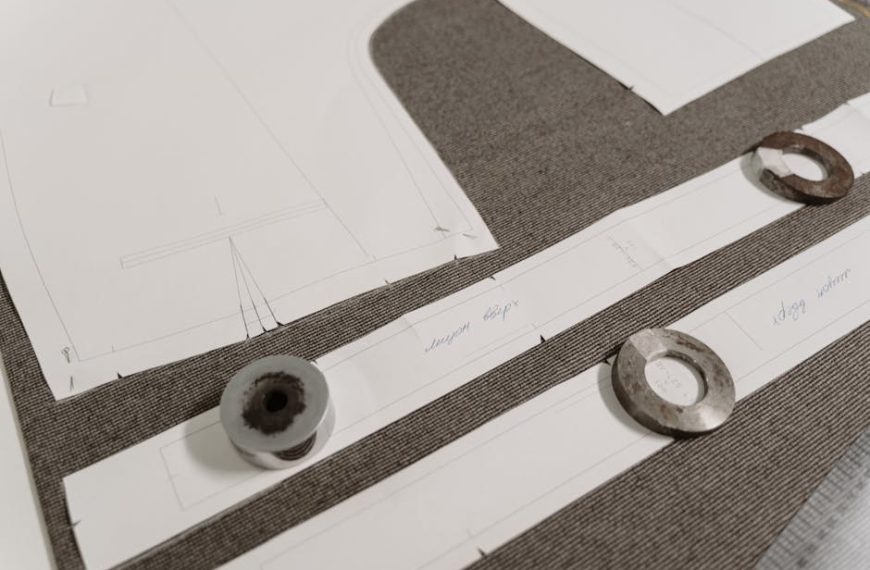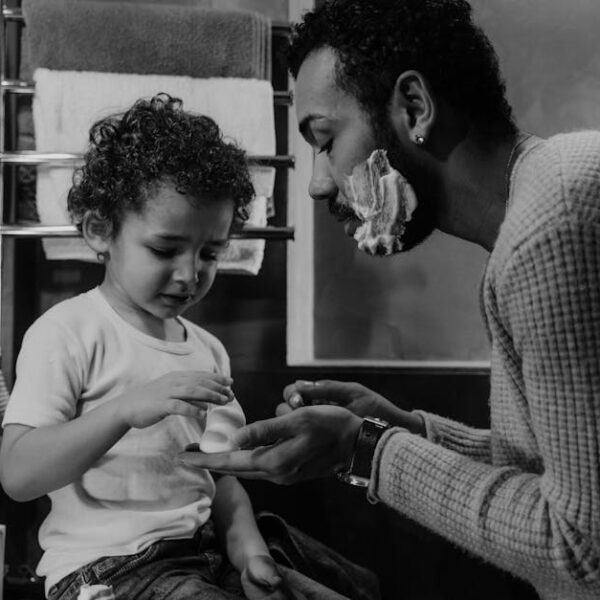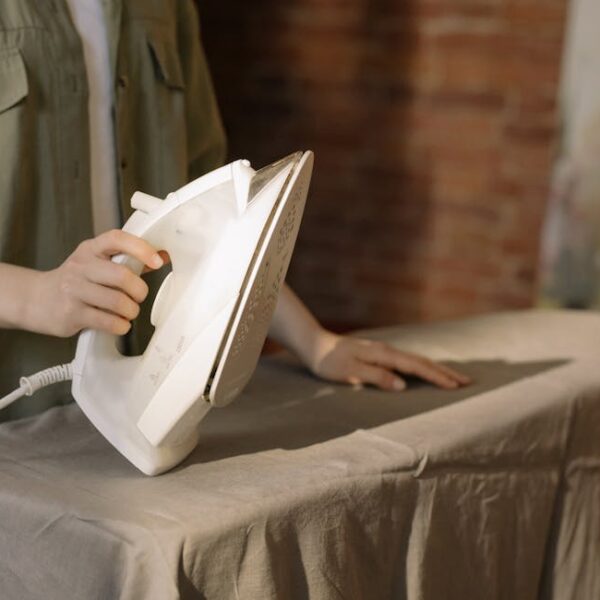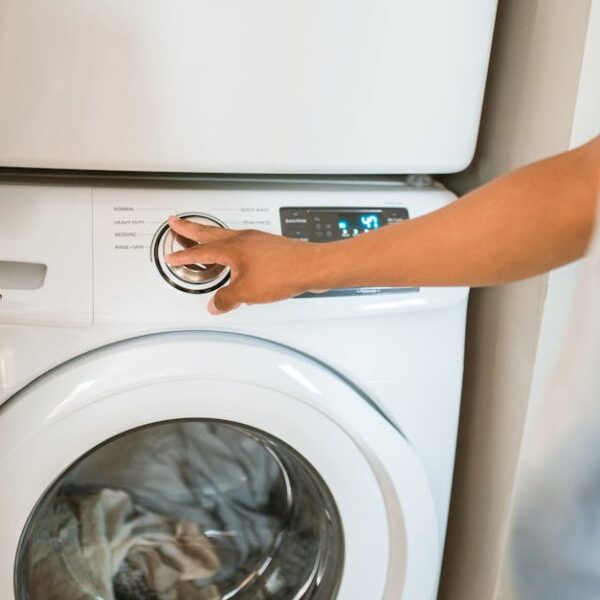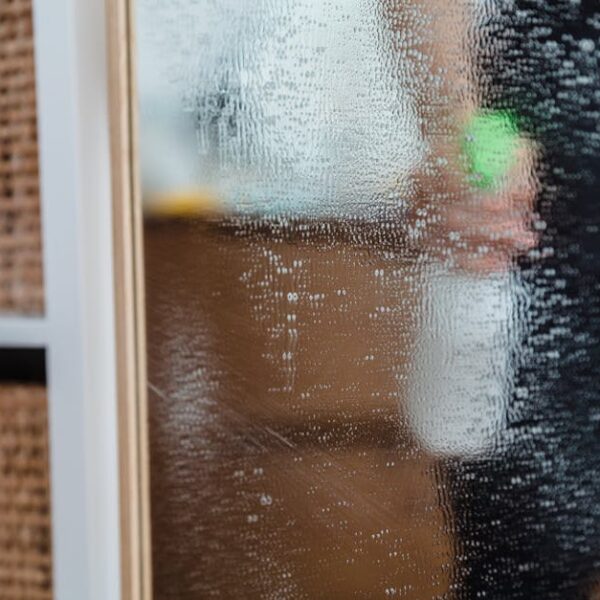Unblocking a toilet may not be the most glamorous task, but it’s something we all may need to do eventually, especially when a plumber isn’t immediately available. When this happens, one simple and effective solution lies in an everyday kitchen item: washing up liquid. Let’s explore why this method works and provide a clear guide on how you can give it a try.
Understanding the Concept behind Using Washing Up Liquid to Unblock Toilets
The logic behind the method is based on the properties of washing up liquid, namely its ability to break down grease and act as a lubricant. When you pour washing up liquid into your blocked toilet, it moves through the drain and meets the blockage. As the liquid is denser than water, it slips down, covers, and lubricates the obstruction while the water above it applies pressure. This combination allows the blockage to disintegrate and move more smoothly through the pipes.
A piece of Pro Tip to consider: Not all washing up liquids are equally effective. Look for products that promise to cut through grease for optimal results.
Always remember the Best Practice is to not overdo it with the washing up liquid. Too much can result in unnecessary suds or even a backflow, leading to an even messier situation!
Selecting the Suitable Washing Up Liquid and Other Preparations
The best types of washing up liquids for unblocking toilets are those with high viscosity and powerful degreasing properties. While eco-friendly and biodegradable options are available, they may not be as effective due to their relatively lower viscosity.
Here’s a handy ✅Checklist of things you’ll need:
- A bottle of suitable washing up liquid
- A bucket of hot (but not boiling) water
- Protective gloves
- Patience!
Taking the time to compare the merits and demerits of the options at hand can be wise. For example, eco-friendly washing up liquid may have less environmental impact but could be less effective due to its lower viscosity. In contrast, a more potent washing up liquid may get the job done faster but could be harsher on the environment and your pipes.
Step-by-Step Process to Unblock the Toilet with Washing Up Liquid
Unblocking a toilet with washing up liquid isn’t complicated, but it does require some precision and patience. The steps involve applying the washing up liquid, waiting for it to do its magic, and then following up with hot water to fully dislodge the blockage.
Here are the steps for quick reference:
- Pour a generous amount of washing up liquid into the toilet bowl.
- Wait for at least 15-20 minutes to let the liquid reach and break down the blockage.
- Carefully pour a bucket of hot water (not boiling) into the bowl from waist height to exert extra pressure.
Keep in mind the bonus Pro Tip: Always wear protective gloves during this procedure to protect you from potential germs and bacteria.-
In the next part, we’ll discuss how to troubleshoot common issues and know when it’s time to call a professional.
Can Cleaning a Roomba After an Accident Help Prevent Toilet Clogs?
After an accident, cleaning a roomba can be a crucial step to ensure it continues functioning effectively. By promptly addressing any mess, you reduce the likelihood of debris spreading, which might otherwise lead to toilet clogs. Regular maintenance includes deep cleaning to prevent further plumbing issues in the home.
Troubleshooting: Possible Issues and Solutions When Using Washing Up Liquid
While this method is typically successful, it may not work perfectly every time. Below, we’ll discuss some issues you might encounter and how to overcome them.
If the blockage doesn’t move after the first attempt, the blockage might be larger or harder than anticipated. Don’t lose hope! Try repeating the process a few more times. If the situation doesn’t improve after multiple attempts, it might be time to try a different approach.
Remember the Best Practice: To avoid a recurrent blockage, try to limit the amount of toilet paper you use and avoid flushing anything non-biodegradable down the toilet. This can also reduce the need for excessive washing-up liquid use.
Check these common problems and find out the solutions:
- The washing-up liquid not reaching the blockage: Try adding a more substantial amount, or you could wait a bit longer for the liquid to make its way down.
- Suds overflowing from the toilet: This might be due to too much washing up liquid or hot water. Try reducing the amounts on your next attempt.
When to Seek Professional Help and Turn to a Plumber
Sometimes, a blockage may be too severe for a DIY solution. If you’ve attempted to unblock your toilet several times without success, or if the toilet is constantly blocking up, it’s likely a sign of a larger issue that requires professional help.
Comparatively, while using washing-up liquid is a cost-efficient and immediate remedy, a plumber has the necessary tools and experience to handle more severe blockages. However, consulting a plumber might be expensive and not necessarily available on immediate notice.
Remember the Best Practice when seeking professional help: Always get recommendations or check online reviews before hiring a plumber. This will ensure your issue is handled by a certified and trusted professional.
In conclusion, with a bit of patience and the right techniques, unblocking a toilet using washing-up liquid can be a simple and effective DIY method. But, remember that preventive measures are the best way to avoid blockages in the first place. Happy unclogging!
Key Takeaway:
- The use of washing up liquid to unblock a toilet leverages its lubricating and de-greasing properties to disintegrate blockages.
- Not all washing up liquids are equal; high viscosity and powerful degreasing liquids are ideal.
- The process requires correct quantity of washing up liquid, patience and hot water to be effective.
- Problems such as the blockage not clearing and suds overflowing due to excess liquid might occur during the process. Repeat attempts or reducing the liquid amount might help.
- A recurrent or severe blockage might indicate a larger issue, requiring professional intervention. In such situations, always opt for a certified and trusted plumber.
Remember, often the simplest solutions are the most effective. But in case the blockage persists, don’t hesitate to seek professional help. Unblocking a toilet can be messy, but with the right tools and patience, it’s a task you can handle.
FAQs
Q: How long should I wait after adding the washing-up liquid before adding hot water?
A: Wait for about 15-20 minutes before adding hot water. This gives the washing-up liquid time to reach and break down the blockage.
Q: How can I prevent toilet blockages in the future?
A: To prevent blockages, minimize the use of toilet paper and avoid flushing non-biodegradable materials.
Q: Is there a risk of damaging the toilet or pipes with this method?
A: If used correctly, this DIY method shouldn’t cause damage. However, using too much washing-up liquid or hot water could potentially lead to other issues.
Q: Can I use any type of washing-up liquid for this process?
A: Ideally, you should choose washing-up liquid with high viscosity and strong degreasing properties. Some eco-friendly options may not be as effective due to their lower viscosity.
Q: How do I know if it’s time to call a plumber?
A: If you’ve tried this method several times without success, or if your toilet keeps blocking up, it might be time to call a plumber.
If you found this article helpful, be sure to share it and explore other posts on our website for more practical tips and advice.
